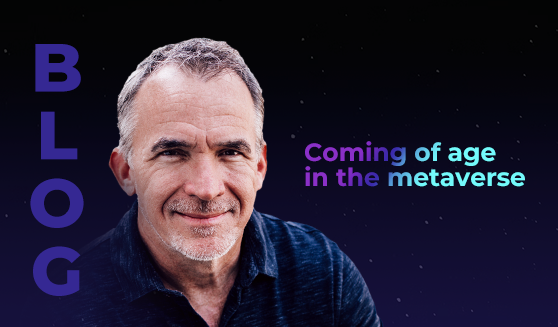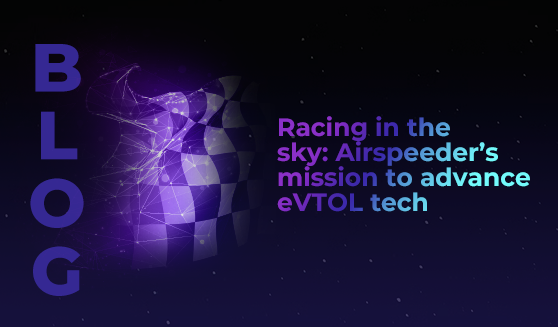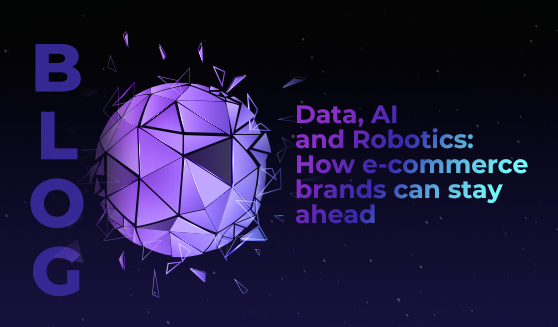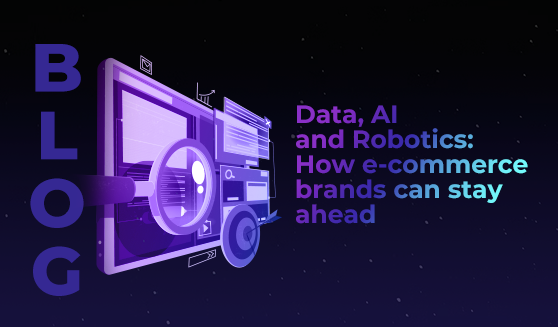
In 2008, anthropologist Tom Boellstorff published a book called Coming of Age in Second Life: An Anthropologist Explores the Virtually Human.
It was an outlier in the field of social anthropology; the account of a field study that had been conducted entirely online, inside the online game Second Life. The game is a free virtual world where ‘residents’ can create avatars and live virtual experiences together; creating content and interacting with other users; buying property, doing work, and even falling in love.
Even today, Second Life has over 64 million active users from about 200 countries. As reported by the Guardian, it’s the largest non-video virtual game space that’s used mostly by adults.
In January 2008, an average of 38,000 ‘residents’ were logged on at any given time. And they were spending hours on the platform – making friends, sharing experiences, feeling very much like humans living out their social and emotional lives through the internet. Some users reported feeling more emotional fulfilment from Second Life than from their IRL lives.
Boellstorff wrote in the second chapter of his book:
“Too often, virtual worlds are described in terms of breathless futurism and capitalist hype. Above all they seem new, and this apparent newness is central to their being interpreted as harbingers of a coming utopia of unforeseen possibilities, intimations of a looming dystopia of alienation, or trinkets of a passing fad.”
“Yet the fact that millions of persons now regularly enter virtual worlds, adapting to them with varying degrees of ease, indicates that something is staying the same; something is acting as a cultural ground upon which these brave new virtual worlds are figured.”
And this was a really important step towards understanding that virtual worlds can be as much a part of human culture as physical worlds. That what you do online can be just as ‘real’ as what you do offline – and that in the future, our physical-digital lives would become intertwined.
Our online lives have changed a lot since 2008. Most people do live in a physical-digital world, working and socialising both online and face-to-face.
Second Life now calls itself (on its own website) an ‘original metaverse’. And we think it’s time for social researchers to revisit Tom Boellstorff’s study of life on the platform, to help develop plans for research as we move towards life in the metaverse.
But are anthropologists already studying the metaverse? Yes – but not enough (yet).
Yale University’s Lisa Messeri studies the places where tech and science create new worlds for humans to inhabit. Right now, she’s focused on the VR industry. Her first book, Placing Outer Space: An Earthly Ethnography of Other Worlds looked at how space science transformed the empty realm beyond our world into a vast human imaginarium – full of different worlds, ideas, and potential. And her next book will explore the people and fantasies that are shaping VR development.
And UNESCO is urging organisations and the social sciences to embrace the emerging field of digital anthropology in order to understand how the metaverse will transform human interactions and society; because “without a deep understanding of the cultures and dynamics at play, we risk losing our ethical bearings.”
Digital anthropologist Giles Crouch wrote in this Medium article,
“The metaverse holds some tantalizing promises. As technologies exponentially improve, the metaverse becomes ever more realizable. But will we realize the human aspects alongside the technologies? That is what we must consider.”
In 2008, coming of age in a virtual space was a new phenomena. People were living out their most meaningful relationships online. They were experiencing first love, learning how to navigate society, and developing social skills without physical interaction. Tom Boellstorff knew we needed to study that.
Today, a growing number of young people are having more of their formative social experiences online. These experiences aren’t restricted to a single, contained platform, because our digital lives reach into every corner of our experience; the digital is an extension of the physical, and vice versa. So we do need to study what it means to come of age in the metaverse – in order to understand how digital design and regulation will influence who people are in the future.








